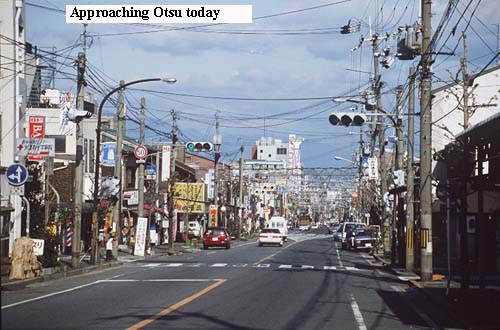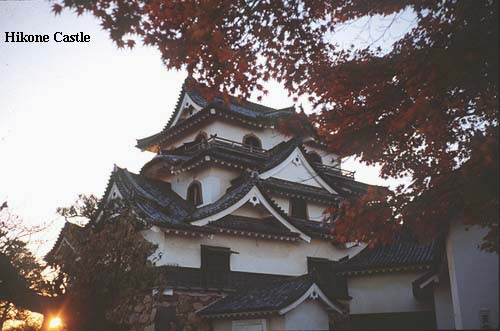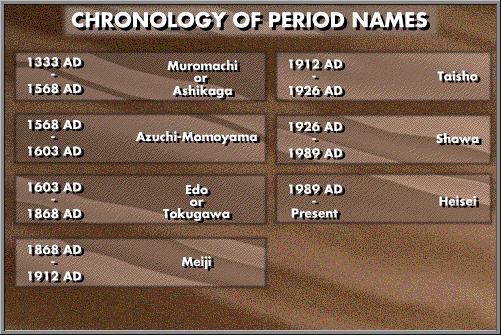One of the most difficult tasks facing the new Meiji government in the late 19th century was to redefine the old feudal system of government into a modern democratic and more manageable system. The original 261 feudal domains of vastly varying sizes were initially made prefectures under the rule of the former daimyo, but soon the daimyo were eliminated as governors and the number of prefectures was gradually reduced to 46 by 1888 with Hokkaido still administered by the central government. Each prefecture had its own elected assembly and its own capital city. Other modifications have occurred, resulting in the present system of one metropolitanprefecture (Tokyo-to), one circuit (Hokkaido), two urban prefectures (Osaka-fu and Kyoto-fu), and 43 prefectures (ken), a total of 47 administrative units with equal status which are referred to in Japanese as the to-do-fu-ken.

The location of the central prefectural offices in each prefectures initially caused acrimonious debate between the rival han. For example, Omi province became Shiga prefecture, but Hikone castle town, which had been the leading center of old Omi, was by-passed in favor of Otsu, which became Shiga’s prefectural capital. Perhaps this and similar situations resulted from tensions between former supporters of the Tokugawa shogunate and those of the emperor at the end of the Edo period. The decision on location has been a vital one, however, since prefectural capitals are the new economic and cultural centers on the urban landscape. Much of the growth of prefectural capitals in recent decades has been at the cost of other towns in the same prefecture. Although many famous castle-towns like Kumamoto, Hiroshima, and Okayama have survived to lend their names to the prefectures of which they are the capital, other famous names like Hagi (Yamaguchi prefecture) and Hikone have faded into relative obscurity.



